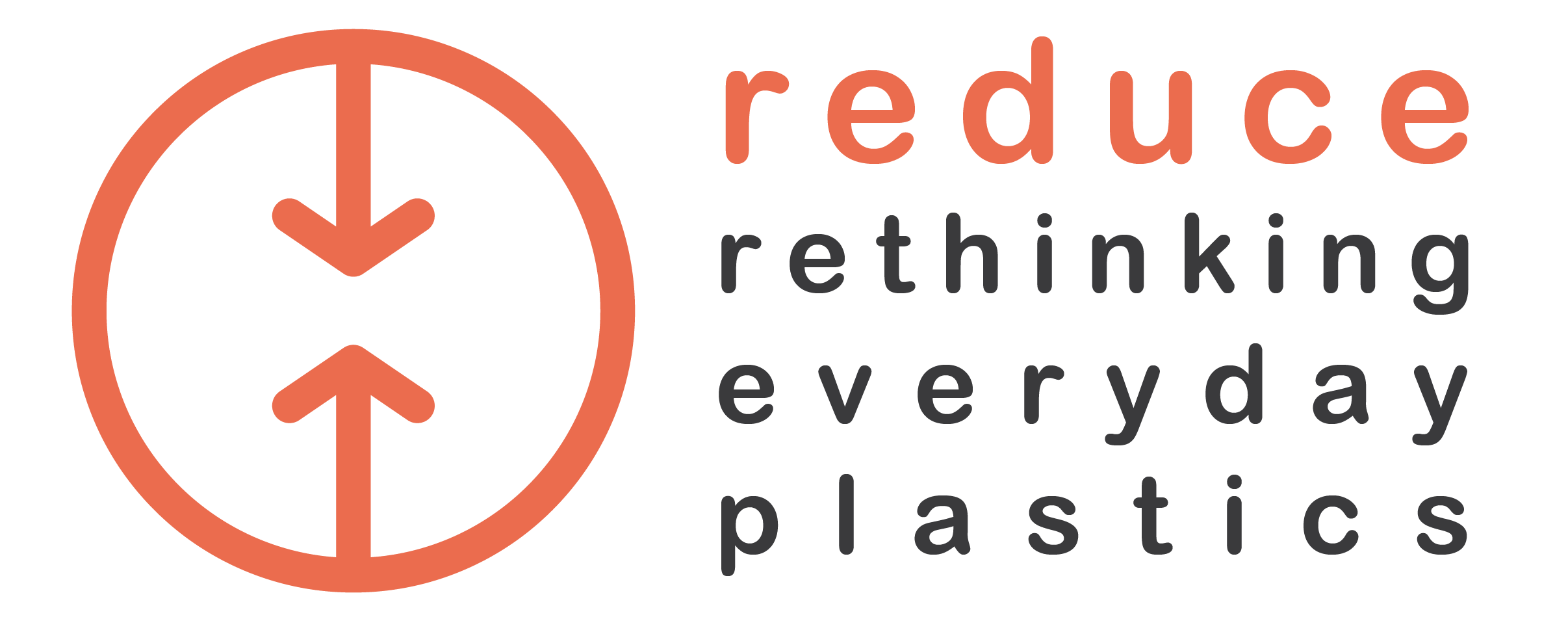Strategies for reducing the consumption of plastics
Function and aesthetics are key elements in every product, including plastic products, elements that can be negatively affected if you try to redesign the product to reduce plastic consumption. In some products, the use of plastic is crucial for its function, for example when something is to be waterproof, such as a tent, or fire and shockproof, such as an electric cord. Plastic materials give products a distinctive aesthetic expression by means of their infinite formability and ability to appear in different colors and surfaces. It is a material that can be both light and strong at the same time. As of today, there are no alternatives that are as versatile as plastics. Another important selling point for plastics is of course the price. Plastic is a very cheap material when it is included in products that are mass-produced, alternative products without plastic are therefore usually considerably more expensive. It is thus a material that “works” on many levels. The focus of the project is to map product areas where plastic can be reduced without compromising function and aesthetics. A search for low-hanging fruit. There are already many stated strategies for how plastic consumption can be reduced, such as these:
- To replace the plastic product with another more sustainable product. In some cases, the function of the product can be taken care of by another product – for example, the menstrual cup can replace thousands of tampons in a woman’s lifetime (CleanCup).
- To increase the number of uses of the same product through sharing, rental, and repair services of, for example, children’s overalls, car seats and outdoor equipment (Bergans of Norway, HTS BeSafe and Pinsj).
- To replace plastics with another materials that can deliver the same function. For example, leather can replace plastic textiles in some types of outerwear (ULU of Norway).
- To ban the production of some types of plastic products. Disposable plastic products, such as straws, cutlery and cups are already banned, should this list be expanded?
- To set a ceiling on the production of new plastic
- To develop recycling methods for more types of plastic products
- To set stricter requirements for plastic products to be recyclable, including collection systems
In REDUCE, we will examine the prerequisites needed to operationalize these strategies, and explore new ones. In order to gain knowledge about what it takes to reduce plastic consumption, we will study everyday plastic in a system-oriented perspective. That is, we will look at what affects its consumption from several different angles. Plastic consumption and what affects it are studied at different levels; producer – consumer – political – future. As the project develops, Ayşe Kaplan – our newly hired PhD candidate on the project – will synthesize the work through various methods for systemic design. This will involve visual mapping, identification of potential intervention points, and development of new concepts for products, services and systems.
